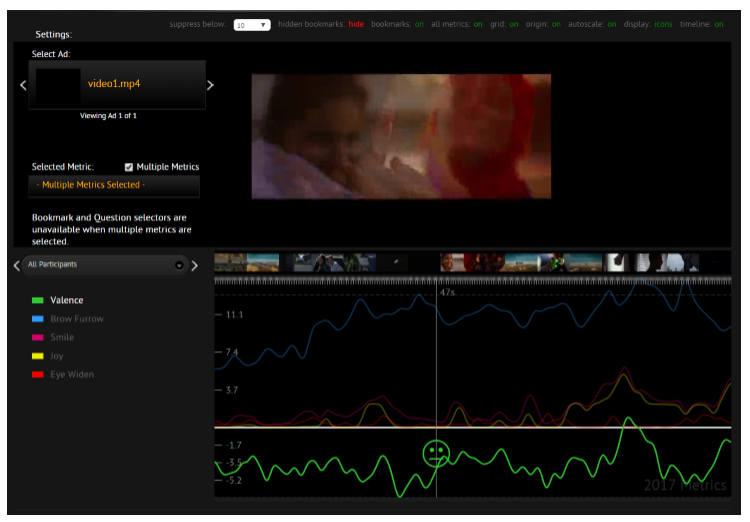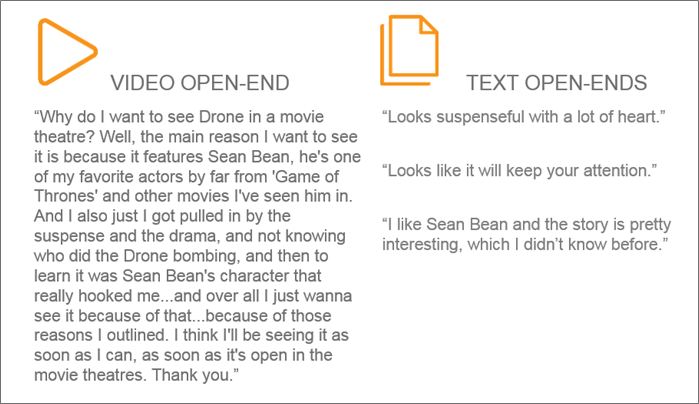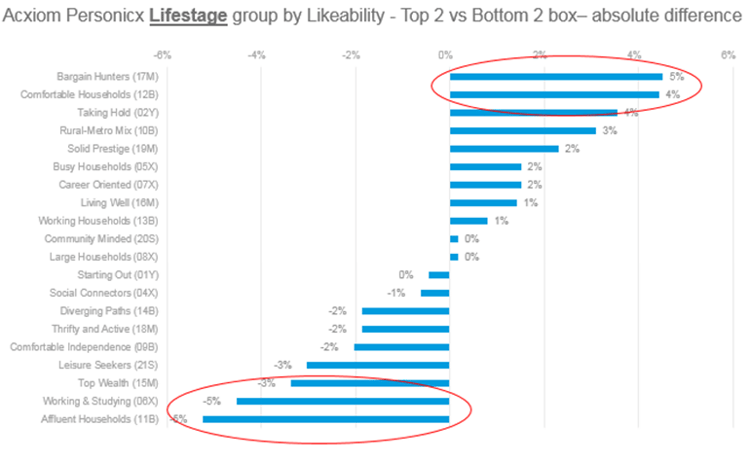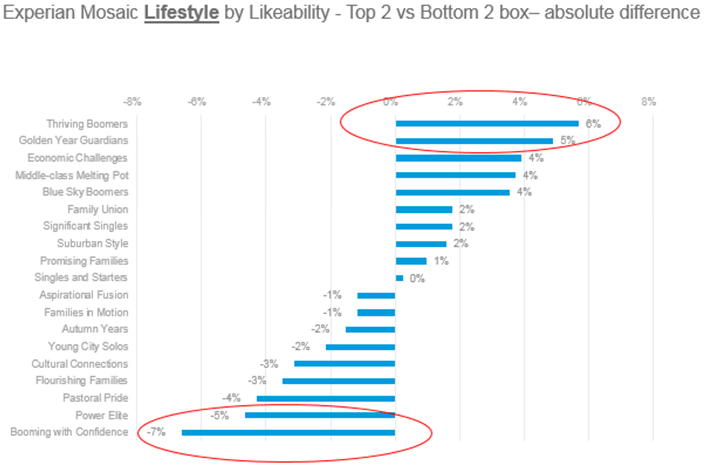The marriage of brands and data can often be a platonic affair; sometimes loveless, but at the same time accepted as just the way things are.
In order to help brands uncover truth through data, our role as data experts ( the matchmaker, if you will) is to challenge the perception of how data is used in market research. We encourage our clients to push the boundaries of performance by embracing what another marriage – that of qualitative and quantitative – can offer.
Given the Academy Awards are coming up this weekend, let’s set the stage with an example of how the entertainment space is data’s perfect mate…
A typical entertainment survey project tends to be a standard questionnaire, with a few open-end responses thrown in for ‘character development.’ Lightspeed wanted to flip the script for how data can be used better in the space, and we knew the most effective way would be to showcase the data using a real-world, live-action scenario. We wanted our data to tell a story, and to do so we need to be the script editors.
For our plot revision, Lightspeed created a mock trailer test utilizing enhanced survey design and technology enabled solutions. The importance of a modern survey approach to fully attract and engage today’s consumer, and in turn provide more actionable insights to clients, cannot be underscored enough. Lightspeed began researching the need for better survey design components and philosophies back in 2012, testing 20 different interactive questions, in 13 countries with over 13,000 respondents. Our research on research shows these new question types that make up our QuestionArts survey components yield vastly improved data quality. We’ve seen up to a 30% increase in completion rates, up to a 75% reduction in dropout, and respondents are spending 50% more time answering questions.
Aside from the new more streamlined, device responsive survey design, we took full advantage of video capabilities for our test. Video has fast become a preferred method of communication for consumers, and quantitative researchers can easily take advantage of its accessibility. They can be used in conjunction with or in lieu of open-ended questions, and can be processed like other quantitative measures using readily available technology.
We layered emotion coding technology on top of an actual movie trailer, which allowed us to measure consumers’ facial expressions and emotions while they watched it. Emotions are memory markers; they influence brand awareness and drive purchase decisions.

We also included video responses in our mock trailer test. We simply converted three typical open-end questions in the entertainment space -- what do you like, what do you dislike and what do you recall -- and turned them into one video open-end question. Our research shows that open-end text responses on average include eight words and video responses average 40 to 100 words, yielding much deeper insights. Examples from our experiment:

Using data appends, we were able to layer additional profiles and segmentations to our existing panel population –enabling marketers to more precisely define and understand customer needs, and ultimately creating more actionable data. In essence, it allowed us to learn more by asking less. For targeting film goers, we used Acxiom Personicx Lifestage data, a household-level segmentation that allows us to see differences in how U.S. households spend time and money. Based on this data, a topline look showed those who like the movie trailer in our test are Bargain Hunters and Comfortable Households, while the bottom two segments are Working & Studying and Affluent Households.

Experian Mosaic Lifestyle was also used; it’s a household-based consumer lifestyle that provides a 360 degree view of consumers’ choices, preference and habits. This segmentation paints a rich picture of U.S. consumers and their sociodemographic, lifestyles, behaviors and culture.
Based on Experian Mosaic’s Lifestyle segments by our movie’s likeability factor, Top 2 box are Thriving Boomers while bottom 2 box are Booming with Confidence:
 What does this revised plot experiment prove? We need to live and evangelize data on a much grander scale. Bringing data to life in a visually compelling way, complete with ‘motion picture’ video reels and visualization, doesn’t need to be relegated to clients in the entertainment space To fully showcase the impact of data, however, the experiment needs to be tailored and showcased to a brand or vertical’s precise need. And if we don’t push the boundaries of what data can deliver, we risk our industry becoming irrelevant.
What does this revised plot experiment prove? We need to live and evangelize data on a much grander scale. Bringing data to life in a visually compelling way, complete with ‘motion picture’ video reels and visualization, doesn’t need to be relegated to clients in the entertainment space To fully showcase the impact of data, however, the experiment needs to be tailored and showcased to a brand or vertical’s precise need. And if we don’t push the boundaries of what data can deliver, we risk our industry becoming irrelevant.
End scene.





